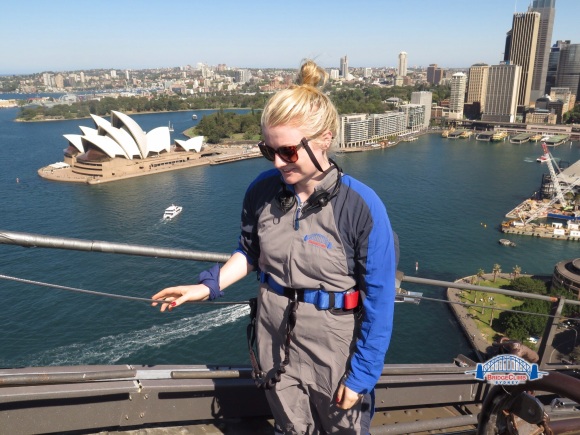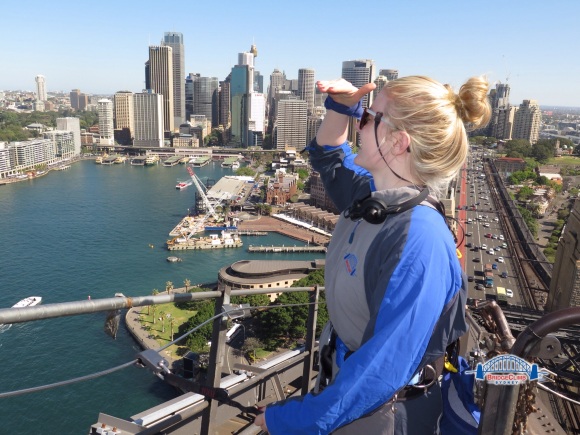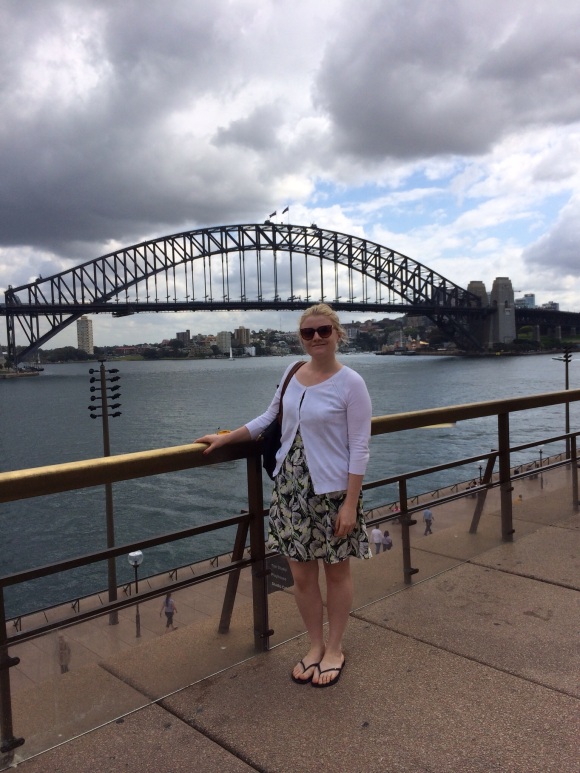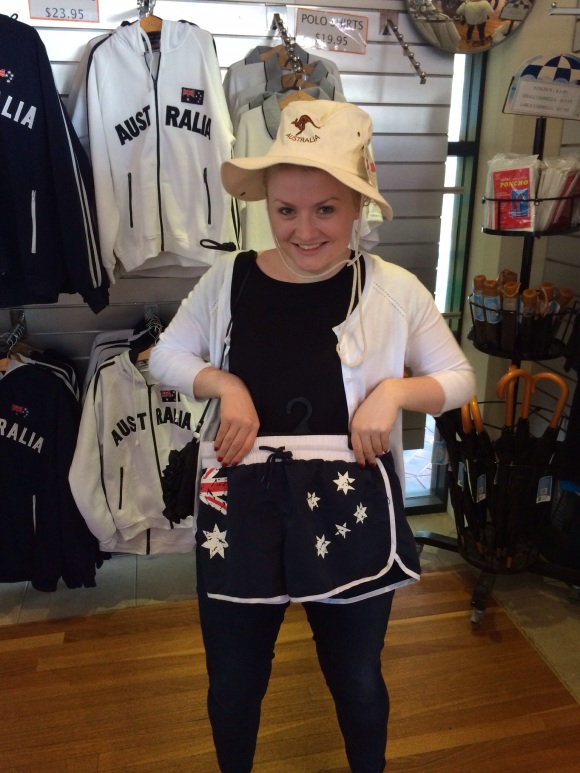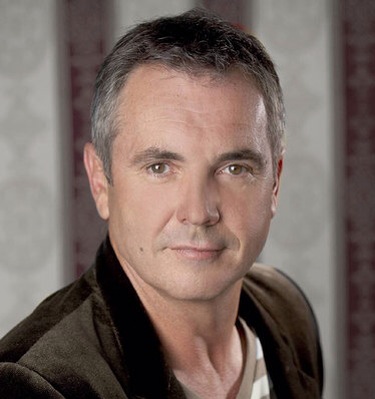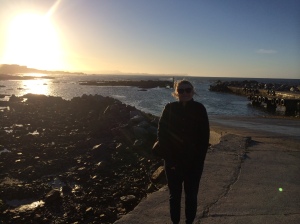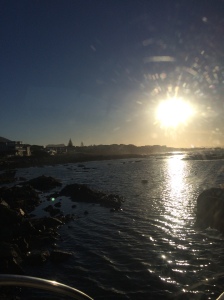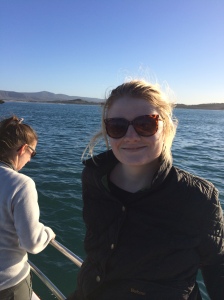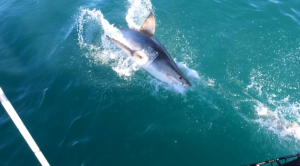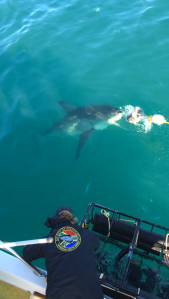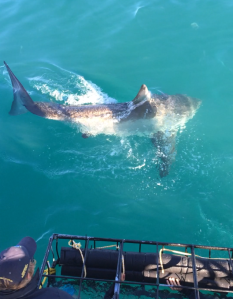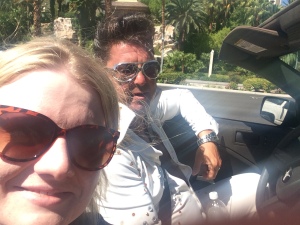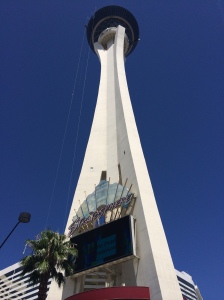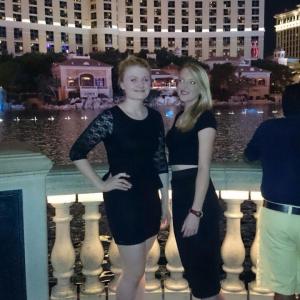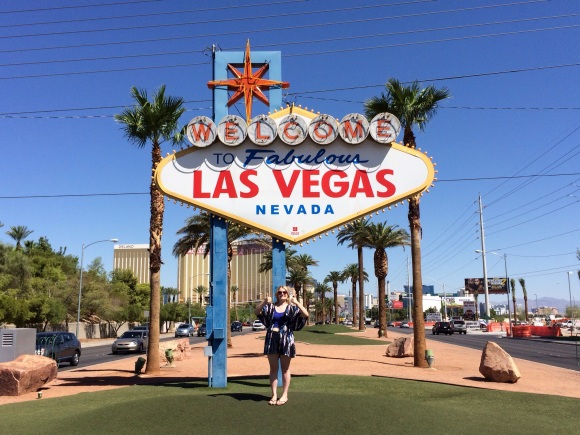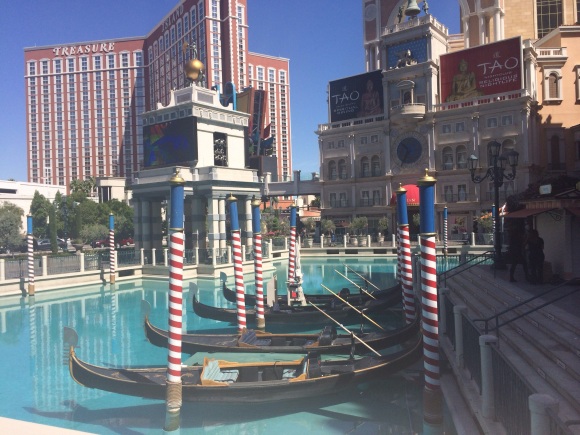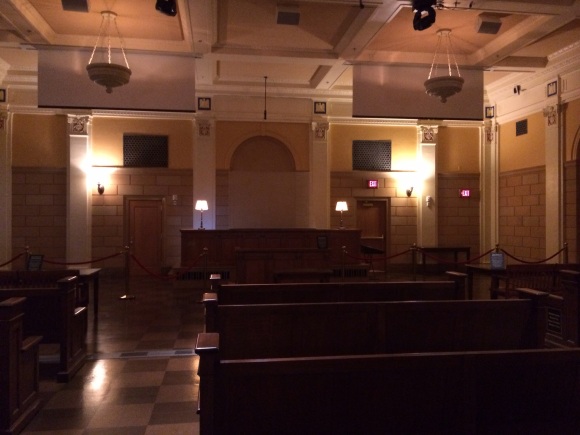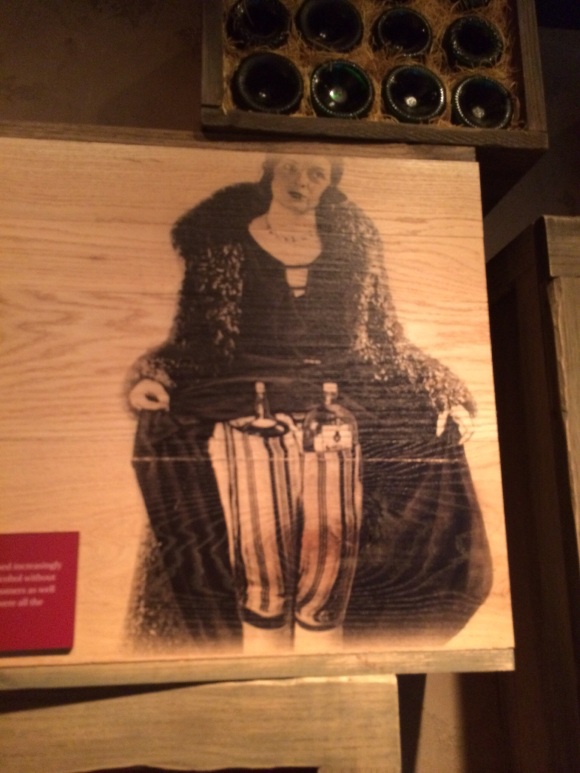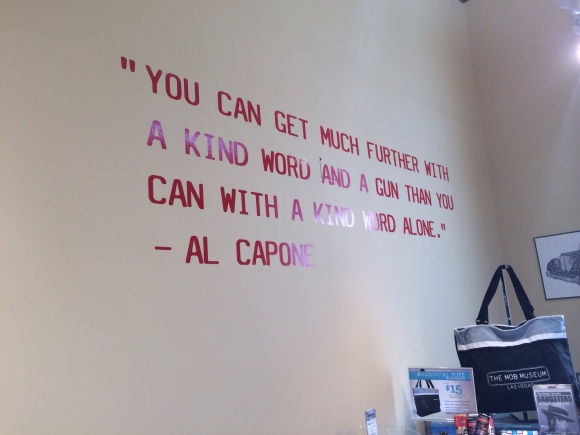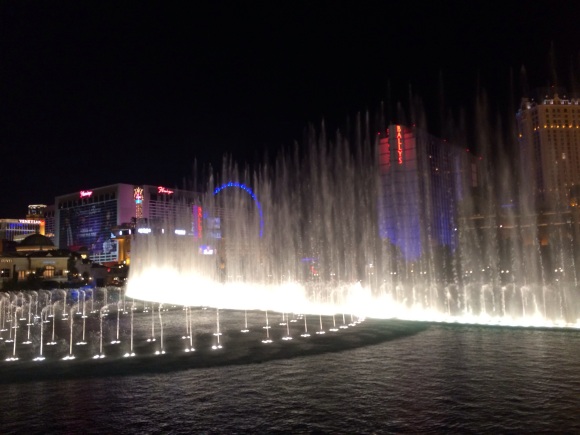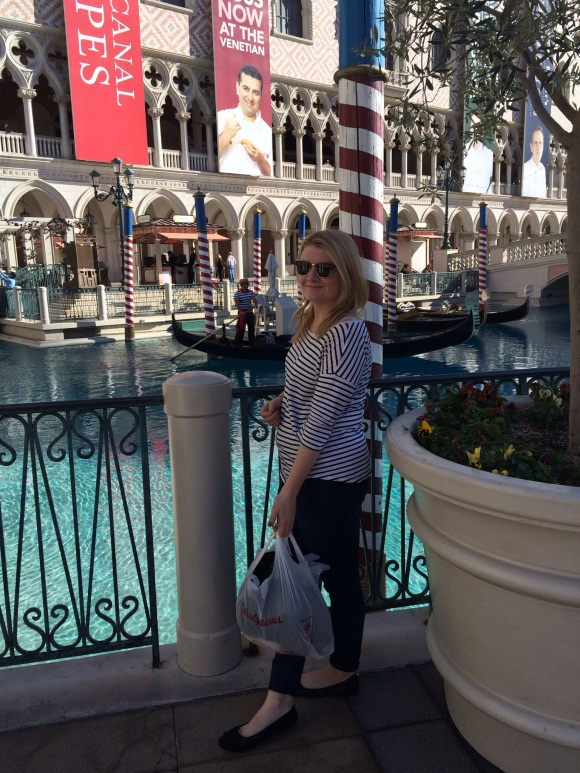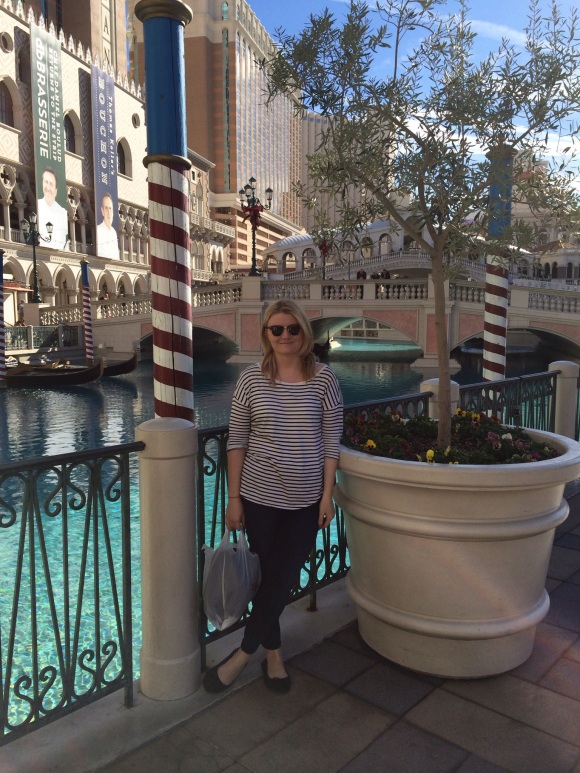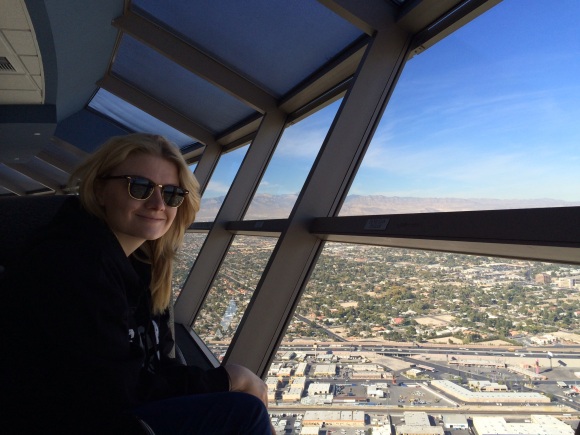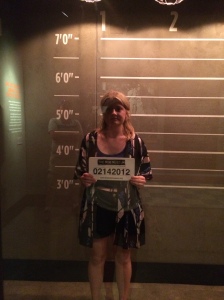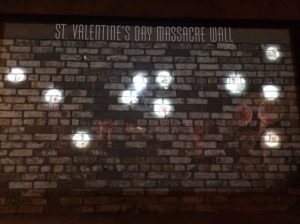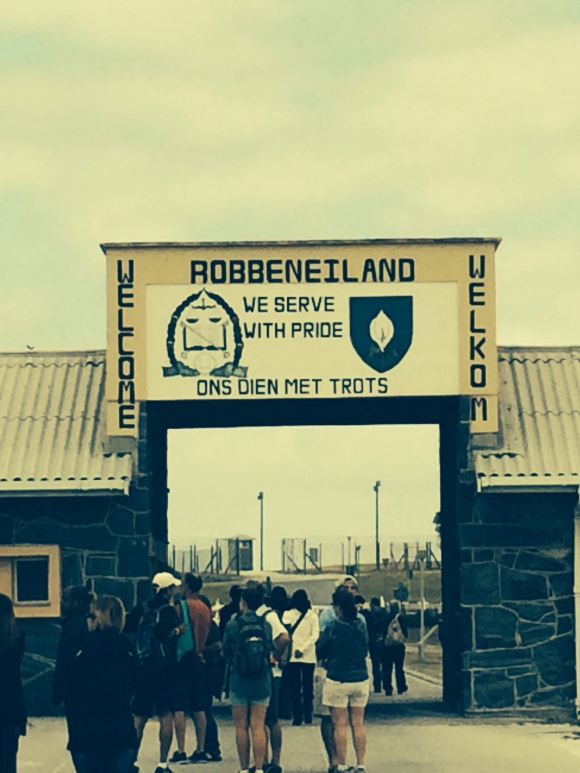
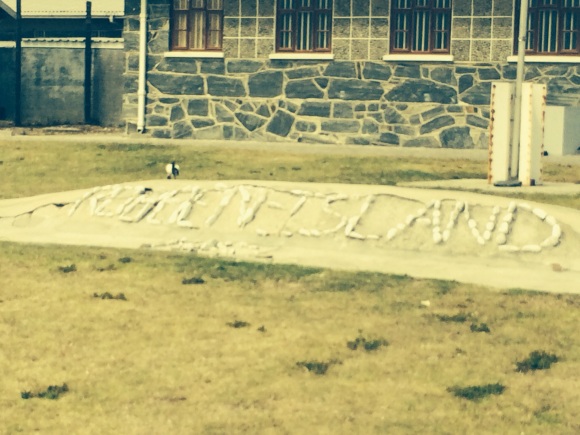
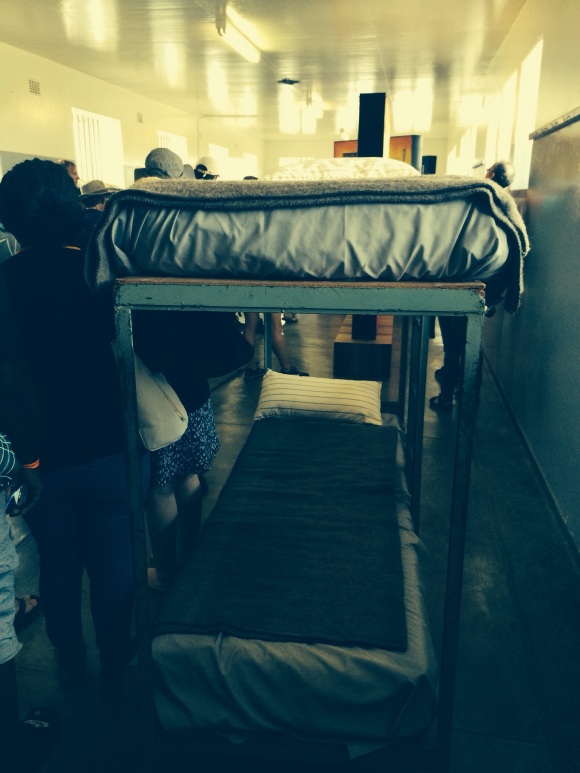
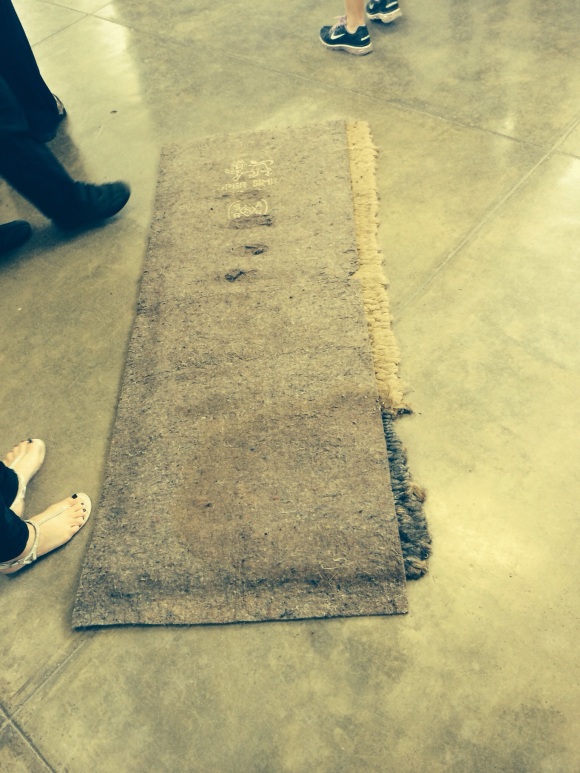
So there are some things in life that you really need to think about, formulate views on, experience emotions on, discuss with your peers…
On my recent trip to Cape Town I visited Robben Island off the coast of South Africa. I have to say, I didn’t know much about it until I did my research, but I am very glad I did.
Want to know more about the history of apartheid and Mandela before reading this post?
This blog may take more of a solemn tone than my previous posts, as racial segregation is undoubtedly a very sensitive and important issue. However we require some Franter before things get serious.
The tour started by boarding the boat “The Princess of the Seas” (fanks they must have known I was coming) from Waterfront in Cape Town over to the island. Here myself and my 4 friends boarded the boat to be greeted by the man saying “woahhh the big 5 are here” while taking our snap. #safaribanter. As an aside, try to look out for the Cape Town football stadium used in the 2010 FIFA World Cup on the way to Waterfront – it is supposed to appear to look like the clouds as they sit on the top of Table Mountain.
On Robben Island, many were kept as prisoners for years upon years during apartheid era, including the late Nelson Mandela. This is definitely one of those places you must try to visit in your life time. The island has now been made into a museum so that hopefully we can learn from the wrongs of the past and use it to help us evaluate where we are now and what needs to change about the world.
Upon arrival we headed to the entrance and immediately you feel a sense of eeriness about the island. This was however, broken a little by the “watch out for penguins” signs at the gate. Brilliant.
We were then met by our guide for the next hour or so, a man who was arrested and put into prison on Robben Island during the 1980s. He started by showing us one of the blocks of the prison, with bunk beds which were preceded by a very uncomfortable looking mat which prisoners were made to sleep on. It was only when Mandela became Ill with suspected TB (they think because of the air on the island, there are big quarries and many became sick), and he was given a bed to recover on. From that point prisoners had these bunks too. But this ain’t no Dreams memory foam mattress. Jokes aside, these bunks looked horrific and felt like they were stuffed full of plastic bags.
Our tour guide was arrested because of involvement with the group contrary to the government who had imposed apartheid. He was found guilty of treachery and treason and sentenced. I find it amazing that he could go back to the island and spread his knowledge and engage with people having spent so much of his life there as a prisoner. He now receives psychiatric help and is advised that talking about his experiences is a positive move and I have to say I’m inclined to agree. When the island re opened as a museum (following some suggestion that it could also be turned into a resort with casinos!) he was offered a job there. He now talks with strength, clarity and passion about what happened when he was there, including the labour, conditions, experiences of being chained in order to get information out of him, about fellow roommates.
He also showed us the block where Mandela stayed. A very very eery corridor with one room slightly bigger with a toilet, this was for the guard. The other cells were tiny, and each with a pot in it which they used to go to the toilet. The prisoners were separated by race – coloured, blacks, Indians and Afrikaans. Our guide told of us how certain races were treated better. At dinner time some would get bread while coloured people just got a powder which you had to mix with water and drink.
In the courtyard of the block where leaders like Mandela were, they played sports. Over time, it became possible for the prisoners to be a part of sports teams. This was not always the case, in the past they had not even been allowed to mix with each other and other races, but soon they started getting equipment from the mainland so they could play sports properly and teams formed.
Outside in this courtyard we find some gardens. It was here that the original manuscripts of Mandela’s book “A Long Walk to Freedom” which is currently being shown in the cinema, was found. I find this fascinating, and the signs around the island which talk of how this island shows the human triumph over the racial segregation and times of apartheid, I could not sum this up any better.
I learnt that political prisoners like Mandela were classed as either A B C or D prisoners. D prisoners received no privileges because they were seen as ill-behaved. They could send one letter and have one 30 minute visit a month. C classified prisoners were allowed to study and buy some items like tobacco and to have 2x one hour visits a month. They were allowed to send and receive 2 letters each per month. B prisoners could send and receive 3 letters per month and have 3x one hour visits. They could buy items like biscuits. Finally A prisoners could send and receive 4 letters a month and have 4x one hour visits.
Prisoners also had limited, if any, access to things from the outside world like newspapers. Smuggling therefore became commonplace, especially things like newspapers and cement bags to write on. If they were smuggling something they would throw three stones in the direction of the drop off point. If they got three stones back it meant it was safe to proceed, but only one meant there were wardens and so it wasn’t safe to smuggle things.
Any improvement?
In the 1980s, things got slightly better for the prisoners following the declaration of apartheid as a crime against humanity buy the United Nations Human Rights Committee. The International Red Cross visited regularly, and from the point of this declaration, physical torture had to stop on the island because it would be reported to the Red Cross. However, prisoners were punished in other ways, including having their right to study terminated if they were caught studying after hours. The situation with uniform became slightly better- in the 1960s they had just worn short trousers and no shoes, but over time they began to express themselves and new fashions a bit more. Prisoners also took part in hunger strikes which eventually led to improvements in diet, where before they had a bolognaise which was apparently horrible or 2 eggs for dinner.
In the 1980s they also had a TV, however this had to be switched off by 10pm. Of course prisoners were keen to see more and a man named Sillah found a way around this. He linked the television to the urn and so when the television was switched off the prisoners turned on the urn. They soon got found out, but Sillah, who became known as the midnight electrician connected the TV to the lightbulb and his allowed them to continue to watch it. He became known as the Midnight Electrician.
The next part of the tour was on a bus where we drive and see the other key landmarks of the island. Today only around 200 people live on the island- the guides and their families, while some commute from the mainland. There used to be a primary school but now the children commute to the mainland. We can find a church which the leper colony used to go to, but now it is used for a range of services on the island. You can also get married there on Valentines Day!! Our guide informed us they still have vacancies for next year, so lads, you better get on it if you fancy a wedding with a difference!! 14 couples married here last year. There is also a certain spot where we find a group of rocks piled together. This was started by Mandela when they first went back to the island after his release. Each ex-prisoner placed a rock to his pile. It is another sign of the sheer strength of these people to come back despite the inequalities and unfairness they have experienced here in their lives.
I also saw a few tortoises and some deer, hilariously European deer- all the way to Africa and I see one from my neck of the woods! Funny stuff.
What a fabulous, insightful and thought provoking day. I would recommend it to anyone, particularly those with a historical interest. However I do truly believe that we can’t understand the present until we understand the past, therefore if you ever do venture over to South Africa, this is a must see.
Websites:
Home
Home
